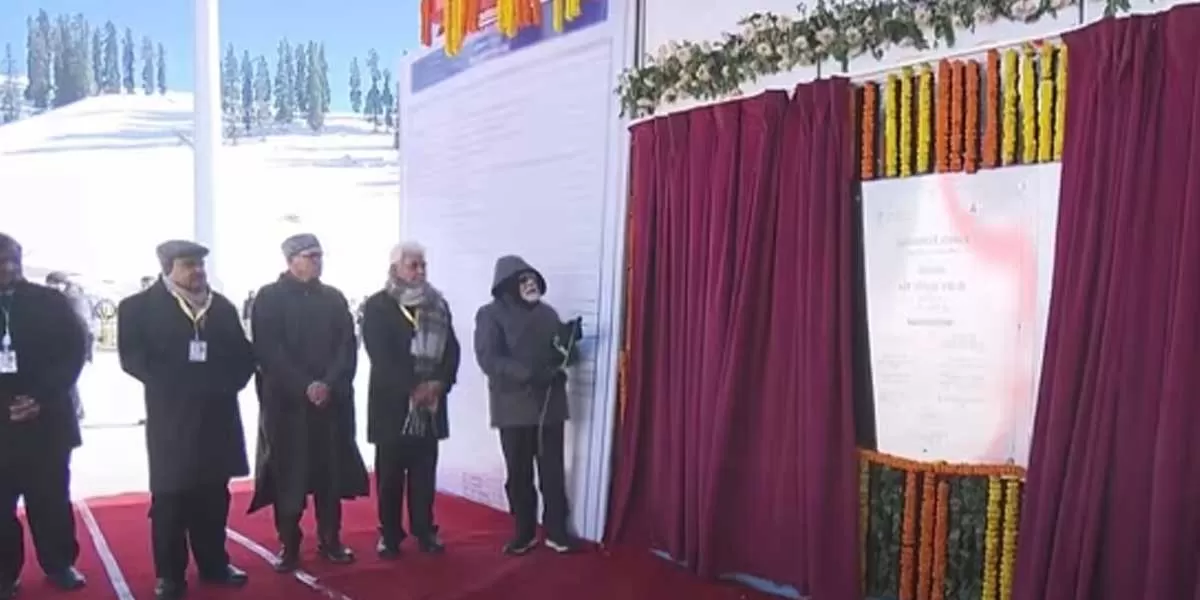Prime Minister Narendra Modi is set to inaugurate the Z-Morh tunnel in Jammu and Kashmir on January 13, marking a crucial step toward providing all-weather access to Ladakh via the Srinagar-Leh National Highway.
Situated at an altitude of 8,652 feet, the 6.5-km two-lane tunnel connects Gagangir, about 68 km from Srinagar, to Sonmarg, a popular tourist destination. Named after the Z-shaped road stretch it bypasses, the tunnel eliminates the avalanche-prone area that often blocked access during winters. The new infrastructure will reduce travel time from approximately two hours to just 15 minutes. Construction of the tunnel began in May 2015 under the National Highways Authority of India (NHAI).
The Z-Morh tunnel is part of the larger Zoji La Tunnel project, designed to establish uninterrupted road connectivity between Srinagar and Ladakh. While the 14-km Zoji La Tunnel is still under construction and expected to be completed within two years, the Z-Morh tunnel’s commissioning is expected to boost tourism and ease travel for residents of Sonmarg, who frequently need to visit Srinagar and Jammu for various needs.
The strategic significance of these tunnels is profound. All-weather connectivity to Ladakh will enhance India's defense posture and logistical capabilities in the Kargil and Ladakh sectors, where Indian troops are stationed along the Line of Control with Pakistan and the Line of Actual Control with China.
In addition to the Zoji La project, a series of tunnels are underway on the Manali-Leh highway to overcome high-altitude passes such as Baralacha La, Tangang La, and Lachung La. These projects, alongside the Atal Tunnel under Rohtang Pass, are part of the Central Government’s India-China Border Roads initiative, aimed at strengthening strategic infrastructure across northern and northeastern regions.
The recent opening of a third axis to Leh through the Zanskar Valley via Shinku La and the planned construction of a tunnel under this pass further underscore the government’s commitment to ensuring robust connectivity.
The new tunnels will not only benefit India’s security operations but also facilitate socio-economic development in the region, offering year-round access to Ladakh and Kargil from multiple routes. This connectivity will reduce reaction times, allow cost-effective troop and equipment mobilisation, and significantly improve the lives of civilians in the area.
(The Tribune India)


